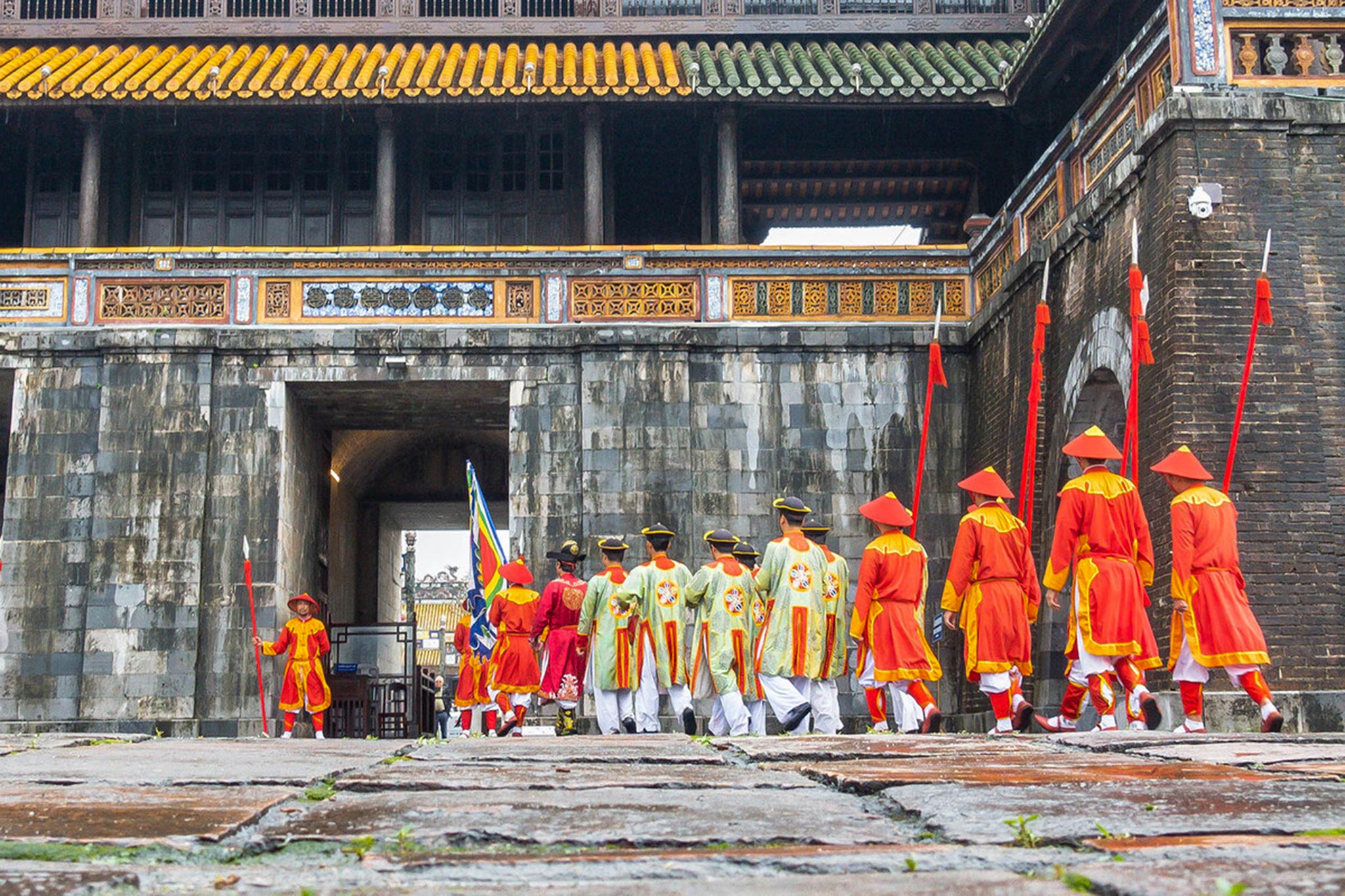VISITING HUE IMPERIAL CITY: HOUSE OF THE LAST VIETNAM’S ROYAL FAMILY
Famously being one of Vietnam’s 8 UNESCO World Heritage Sites, the Imperial City of Hue has long been a must-see attraction for tourists visiting a hidden charm of Vietnam.
Hue itself is already a city full of unique cultural and historical traits, and the Imperial City just adds to this even more. Located inside Hue Imperial City, this historic centre would probably take you a whole day to explore.
The Imperial City of Hue was actually a walled fortress and palace belonged to the ancient city of Hue which was a capital city of the Nguyen Dynasty for 140 years date back from 1805 until 1945.
The grandeur architecture was planned to be built in 1803 by Gia Long – an emperor who founded the Nguyen Dynasty. It took up to 27 years from 1805 to 1832 and has gone through 2 Kings’ reign (Gia Long King and Minh Mang King) to finish this building. It will not be exaggerating to say that this is the most gigantic architectural structure in Vietnam during the late modern period involving thousands of workers, millions cubic meters of rock and huge volume of burden workload.
The Imperial City of Hue has a circumference of 10 kilometers with the height of 6.6 meters and 21 meters thick with forts being meanderingly arranged, accompanied by cannons, artilleries and ammunitions. Initially the fortress was built solely by soil, only to be replaced by bricks afterward. Surrounding the city is the complicated canal system served not only as a protection but also as a waterway with nearly seven kilometers.
There are total of ten main majestic gates leading to the Imperial City of Hue, which can be divided into two main parts excluding houses and mansions: The Citadel and The Forbidden City. The former served to protect the important palaces inside while the latter was where the emperor and the royal family stayed as well as the court’s workplace. All the typically traditional Eastern architectures including majestic palaces, tombs and museums stand accordantly together to make an utmost amusing attraction right in the heart of Vietnam.
Here, you will easily realize that all buildings were put close to nature like gardens, lakes, shady trees, and stone bridges. The materials used for the construction process were all high quality. For example, colorful floor tiles were made in Bat Trang the most famous pottery making village in Vietnam.
Visiting the Imperial City, you will surely be surprised at how well this site has been preserved for almost 200 years.

